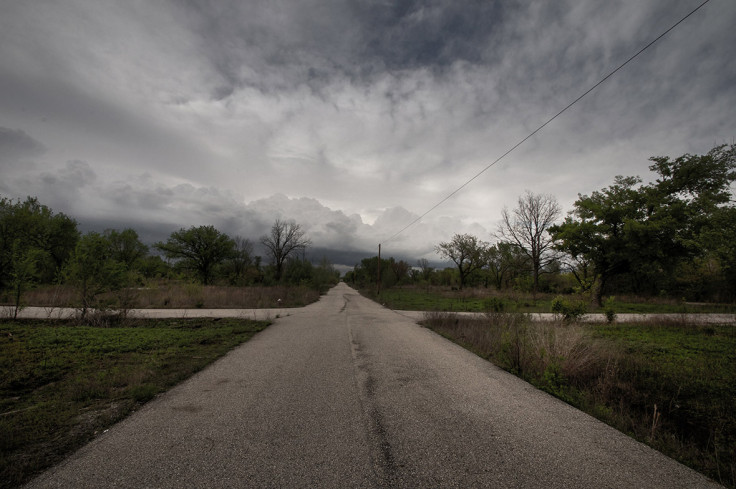Oil and gas fracking triggers 900 earthquakes a year in this US state
"Oklahoma has been transformed from a seismic dead zone to a hotspot in less than a decade."

"There are better ways we can be doing things," says Erin Brockovich, the environmental activist portrayed in the Oscar-winning 2000 film, who has become one of the latest people to draw attention to the frequent man-made earthquakes plaguing the US state of Oklahoma.
In 2008, the state recorded only one earthquake of magnitude 3 or greater (big enough to be felt by people locally). In 2015, the number of earthquakes of equivalent magnitude peaked at a staggering 903. Oklahoma has been transformed from a seismic dead zone to a hotspot in less than a decade.
Scientists attribute this unprecedented increase in seismicity to the oil and gas industry injecting its wastewater (known as "saltwater") deep underground. In a study published in the journal Science, my colleagues and I have now shown that the size of these man-made earthquakes is strongly linked to the depth at which the saltwater is injected. As a result, reducing the depth of injections could significantly reduce the likelihood of larger, damaging earthquakes.
There are now more than 10,000 injection wells dotted across Oklahoma. This includes both oil recovery wells and wells used to dispose of the saltwater that is an unwanted byproduct of the oil and gas extraction process. The water is injected deep underground, typically at depths of 1km to 2km. This deliberately is well below the level of fresh ground water supplies in order to avoid contamination. Since 2011, well operators have injected on average 2.3 billion barrels of fluid a year into layers of sedimentary rock deep underground.
The link between Oklahoma's earthquakes and wastewater disposal was firmly established by a 2013 study that showed a strong association between the injection zone and earthquakes, including the 2011 magnitude 5.7 Prague event.
Since 2015, some new regulations have led to an overall decline in the number of earthquakes. But the total seismic energy (the "moment") has not dropped as significantly as expected. In fact, a number of powerful earthquakes including Pawnee (magnitude 5.8) – the largest in state history – struck in 2016, after the new regulations came into effect. There is also some concern that there have only been fewer earthquakes because a lower oil price has led to less oil production and saltwater disposal, and that seismicity would increase if the oil price rises again.
Modelling the earthquakes
Our new study sheds light on the complexity of Oklahoma's induced seismicity. We created a computer model of the relationship between seismic activity, geology and injection operations using six years' worth of fluid disposal data from across the state. It shows that the more saltwater is injected and the greater the depth it goes to, the larger the resulting earthquake.
The injection is even more likely to cause earthquakes at depths where layered sedimentary rocks meet the crystalline "basement" rocks below them, at depths of between 1km and 6km. This shouldn't be surprising because we know that when fluid gets into the spaces within rocks it can considerably weaken them. Pressurised fluids can effectively lubricate ancient fault zones that may have locked-in stresses built up over time, making them more prone to failure.
Raising injection well depths further above the basement rocks in key areas could significantly reduce the annual energy released by earthquakes, in turn making larger earthquakes less likely. Current regulations can require operators to either reduce injection or raise the depth at which wells inject relative to the crystalline basement, but often the amount is not given or not based on scientific evidence.
We hope our approach could help regulators test the effects of new regulations and the potential impact of new injection wells. Another major benefit is that our model can easily be updated as more data becomes available. This is important as different areas have become seismically active over time. This type of model could be used to identify when certain locations become more vulnerable to earthquakes, and help manage seismicity in Oklahoma and other areas where saltwater injection takes place.
Most people involved, including Erin Brockovich, admit "effective, immediate and realistic steps" are required to tackle Oklahoma's earthquake problem. The science of saltwater disposal can provide some practicable solutions, and our study is just the first step. We need the support of researchers, operators and regulators, to ensure this approach has a lasting impact on reducing man-made earthquakes.
Thomas Gernon is an Associate Professor in Earth Science at the University of Southampton.
This article was originally published on The Conversation. Read the original article.






